What is a daytime running light
A daytime running light (DRL) is a forward lighting device that is intended to increase the visibility of a vehicle to other road users during daylight hours. The purpose of using daytime running lights is to reduce crashes by increasing the visual contrast between a vehicle and its background at times when headlights are not typically activated. The crash reduction potential of these lights is a function of their ability to attract attention with a sufficient level of luminance which improves the noticeability and detectability of vehicles in the central and peripheral fields of view. Improved vehicle visibility allows other road users to initiate evasive action in sufficient perception-reaction time and distance.
Various configurations of DRLs have been implemented: highbeam headlights at reduced intensity, low-beam headlights at full or reduced power, front turn signal lights (steady burning until the turn signal control is activated), and dedicated lights with a defined luminous intensity and beam pattern.
Implementations
An increasing number of vehicles are equipped with dedicated DRLs for enhanced road safety and compliance with the mandatory DRL requirements in some countries. As compared to fog lamps which direct light down towards the road surface, dedicated DRLs typically direct light forward without a sharp cutoff at the top. A substantial amount of light may be directed above the horizon to make the vehicle more conspicuous to other road users. Luminous intensity is the key DRL parameter and the required candela level varies in different countries. Dedicated DRLs typically produce an output of similar intensity to low-beam headlamps or emit in a lower intensity.
Daytime running lights are activated automatically when the engine starts. They operate continuously during the time when the headlights are not in use or the headlight is being used as a flasher signal. Dedicated DRLs are installed in pairs and must be positioned so that each light is not more than 400mm from the extreme outer edge of the vehicle. The center of each light should be at least 600mm away from the center of the other light.
Lighting technology
LED technology is the most logical choice for the development of daytime running lights. The wide acceptance of LEDs is due to their high energy efficiency, long service life, durability against vibration, as well as excellent controllability in light distribution, intensity effectiveness and spectral power distribution (SPD). LED daytime running lights can take various forms such as light bars, flexible strips, daisy chain modules, ellipsoidal and round lights. The small size of LEDs enables more freedom in creating form factors for seamless integration with the vehicle exteriors. Dedicated DRLs are self-contained luminaires sealed to an ingress protection rating of IP67 or above. They operate on 12V or 24V electrical systems.
Driver circuit design
LEDs are current-driven devices that are sensitive to changes in operating conditions, such as voltage and temperature. It is necessary to equip the lights with a driver circuit that provides tight regulation and control on the current output provided to the LED load. A DC-DC converter that employs switching regulation can be designed to compensate for voltage fluctuations and operate over a wide voltage range (e.g., 9 to 33 volts). However, switching circuits produce electromagnetic interference (EMI) that that has to be suppressed by careful circuit board design, screening, and filtering. Linear regulators do not produce EMI emissions but have the limitation of having to ensure that the LED forward voltage is lower than the battery voltage.

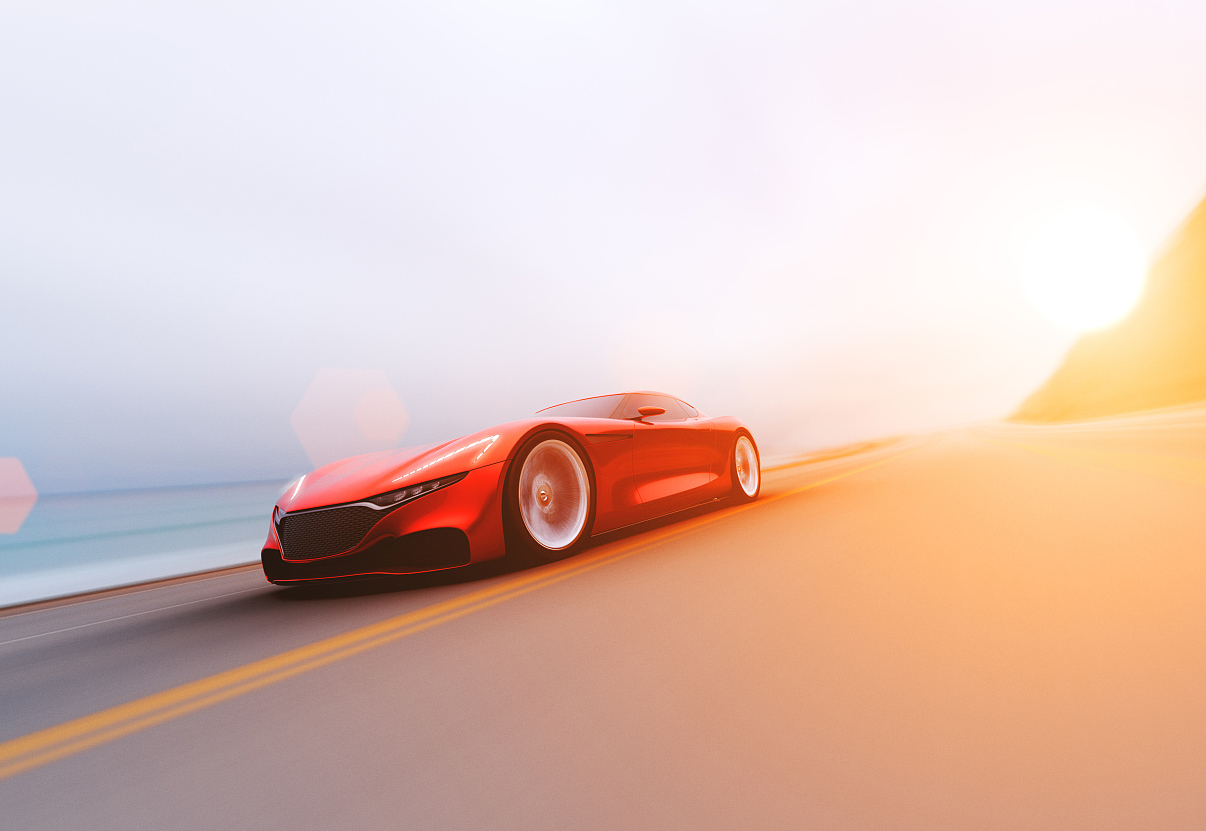
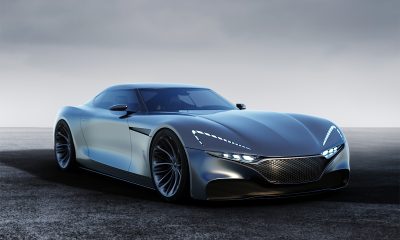
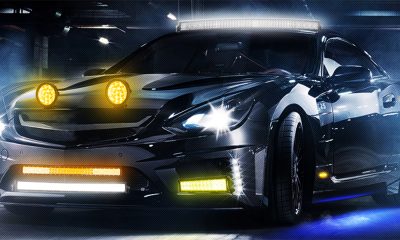
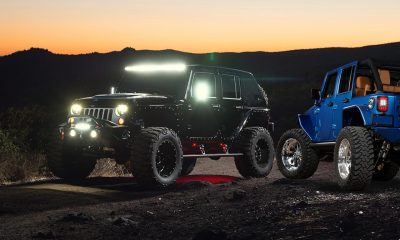
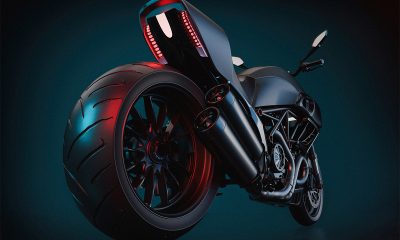

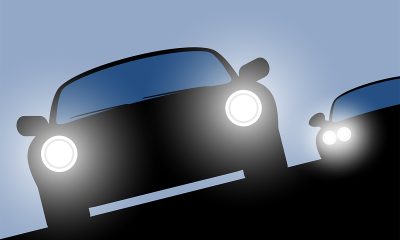
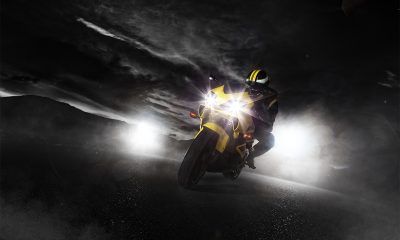
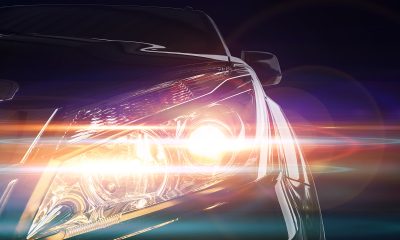
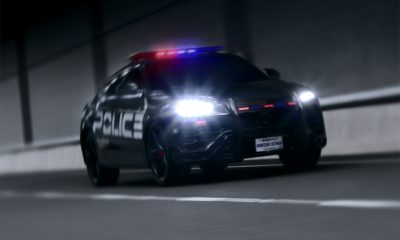
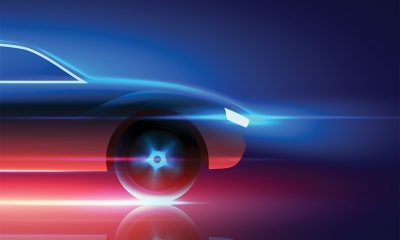
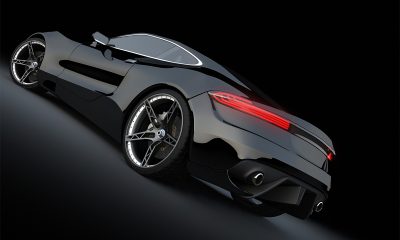
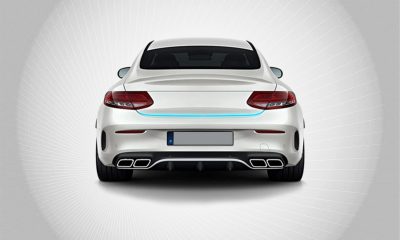





Loading...